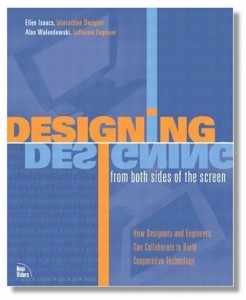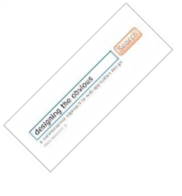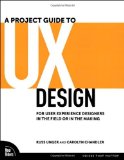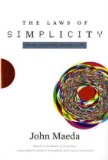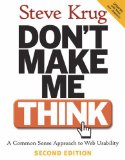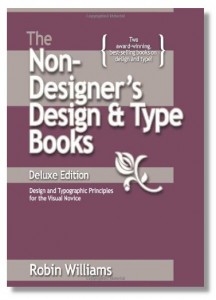
This is a decent overview of graphic design and layout. Everybody who has to design a poster, web page or invitation should read it. And that’s no chore, because it’s an easy and fun read.
This book is an updated compilation of two of Williams’s previous books: The Non-Designer’s Design Book and, unsurprisingly, The Non-Designer’s Type Book. The first half is about design. Williams presents four fundamental layout concepts: Proximity, Alignment, Repetition, Contrast. (I list them in this order because PARC is a better acronym than the reverse.) Most of the rest of this part consists of elaborations and applications of these basics. Continue reading “The Non-Designer’s Design & Type Books — Robin Williams” →
